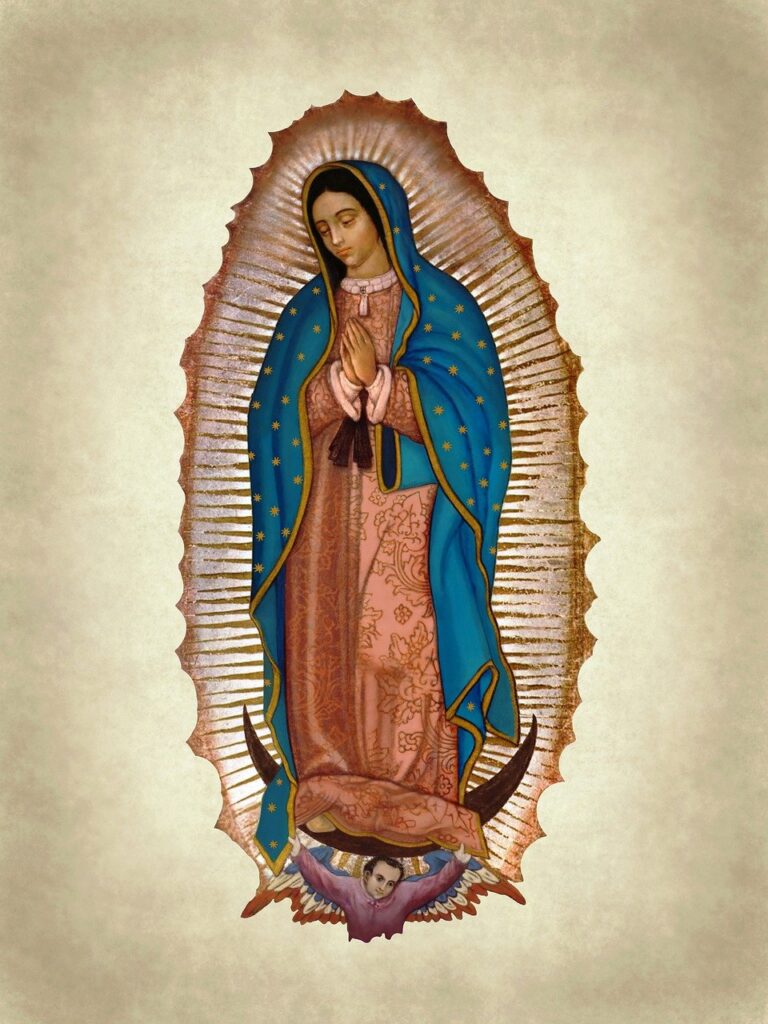
Recently in Mexico City I stayed at a hotel a couple of blocks from the Basilica of Our Lady of Guadalupe.
It was the third week in November and already the area was very busy with pilgrims arriving from different part of the country to pay homage to the Virgin.
That raised my curiosity as the five appearances of Our Lady of Guadalupe to Juan Diego and his uncle did not occur until the 9th to 12th of December, 1531 and the official holiday in Mexico is the 12th. So seeing large pilgrimages in November made me initially think that perhaps people wanted to visit the Basilica before the large multitudes arrived.
I was wrong as it became clear that people also came to Mexico City for other celebrations as well. Among them was a very special parade commemorating the Mexican Revolution of 1910, a holiday that is observed every November 20th.
President Andres Lopez Obrador (AMLO) called for the armed forces of Mexico, the Charro associations and reenactment groups to promenade at the Zocalo and pass in review in front of the presidential palace in revolutionary garb. It was quite a sight to see Villista khaki and Zapata simple style white Indian dress, a variety of hats, cross ammunition belts and the horses that completed a scene of that Mexican Revolution.
The songs of the Revolution and the Adelita dancers reminded me of the Denver Crusade for Justice Ballet Folklorico de Aztlan and their great performances. One could tell that the Mexican political leadership wanted to bring the country back to those roots.
The 20th of November event was followed seven days later by a huge march in favor of the President and his government. It seems that AMLO has taken several opportunities to confirm the political support of poor people that are the majority in Mexico.
So, the celebration of Our Lady of Guadalupe has been preceded with very large and important events that appear to be designed to amplify a relationship between them and this week. It may be that the name of the ruling party, Morena, has something to do with it.
AMLO is the founder of Morena, a political party that controls Congress as well as 22 of the 32 Mexican states. “Morena” which translates to “brown skin brunette” is also closely associated with the image and description of Our Lady of Guadalupe.
The connection of the Icon to politics has also been part of the past. For example, when the Virgin first appeared in December, 1531, the news and proof were brought to Juan de Zumarraga, Acting Bishop of Mexico and “protector of the Indians,” who, as a recent arrival, was finding himself at a disadvantage in dealing with the political and religious officials of the time.

Her appearance coalesced the necessary community support that helped him stay in power until his official consecration in 1533. Almost 300 years later in 1810, it was her standard that Father Hidalgo raised to begin the Mexican War of Independence.
On the spiritual side, Our Lady of Guadalupe, is a product of pre-Colombian belief and Spanish adoption. She is a Mestizo and an important of Latino heritage.
Although she is used from time to time as a political manifestation, her real contribution has come both as a suffering mother for those with life struggles and as a provider of solace and refuge for people experiencing serious tribulations.
She is honored this week as she makes way for the birth of her Son and Christmas.
The views expressed by David Conde are not necessarily the views of la Voz bilingüe. Comments and responses may be directed to News@lavozcolorado.com.




